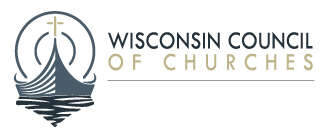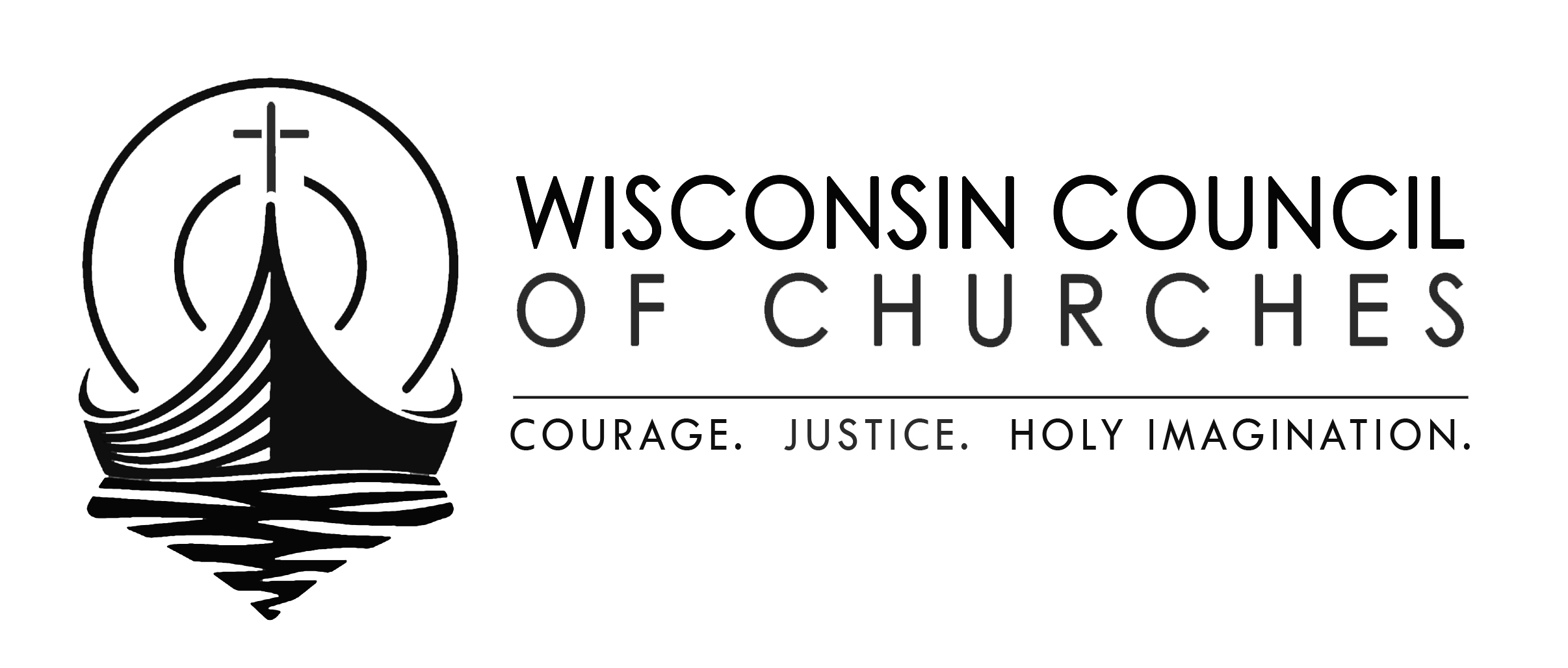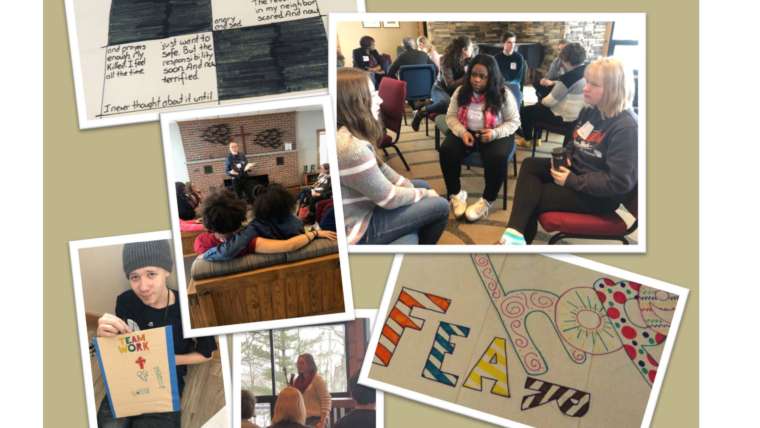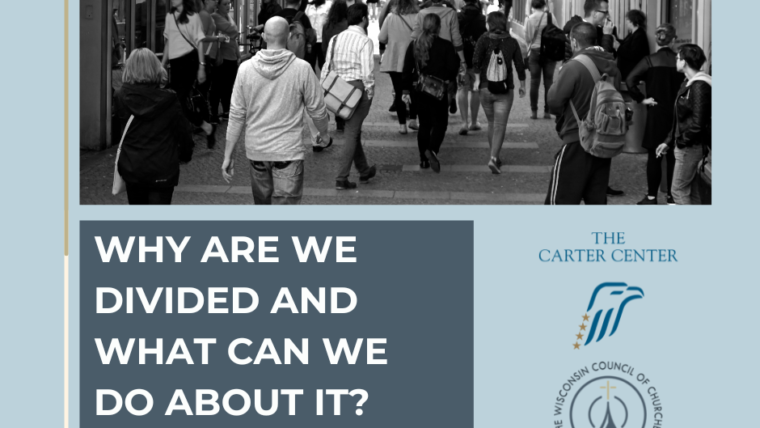You get a new booster, and you get a new booster
You all get new boosters!
Spoiler alert: the CDC is recommending basically everybody get a COVID booster this fall. That’s a good thing! There’s also a program to pay for shots for people with no or inadequate health insurance. That’s an even better thing!
With the highlights out of the way, let’s get into the weeds a little. As anticipated, the FDA has approved a new round of booster vaccines against COVID. At least, they’ve endorsed two of the three possibilities: Moderna and Pfizer. Booster doses of those two vaccines could be available as early as the end of this week.
However, the FDA did not give the green light to Novavax, the only non-mRNA vaccine available in the U.S. That’s been held up for undisclosed reasons, though it’s expected to be available before too long.
This is great news, but what does it mean for you, and for the church? To answer that, we have to look at who can get the shots, and who should get the shots.
So, uh, let’s do that?
Who can get the new COVID boosters?
The short answer is: everybody over the age of 6 months. The fuller answer is:
- People between the ages of 6 months and 4 years can get one or two doses of the boosters, depending on what vaccines they’ve already received, and when.
- Most people 5 and older will be able to receive one dose a year, similar to annual flu shots.
- Anyone 65 and up, or with compromised immune systems, will be able to get two doses in a year.
There’s a range of opinions on when to get these shots. Medical experts say anywhere from two to six months after the last dose or infection.
But one thing is clear. Until December 2024, vaccines will be available to everyone regardless of cost. A CDC bridge program will cover for people without insurance, or whose insurance doesn’t provide free COVID vaccines. (Distressingly, that could be 25-30 million people.)
Who should get the new COVID boosters?
Short answer again is: everyone over the age of 6 months!
A CDC panel met yesterday to consider recommendations for the new boosters. I had anticipated that they would only suggest it for folks who are 65+, immunocompromised or with other health problems. But in a surprise (for me) move, they went with the broadest recommendation.
As Katelyn Jetelina points out, that’s good news on several fronts. Obviously, it should lead to more vaccinations and hopefully therefore more lives saved. In particular, it should lead to increased uptake among vulnerable populations. The broad recommendation also means insurance companies have to cover shots for everyone. And it promotes equity for people without a physician.
What does this mean for us?
I’m partial to the “everyone get boosted” side of things. That won’t come as a surprise, but hear me out. For one thing, although experts predict that we’ll have relatively normal flu and RSV seasons, there is still a possibility of a “tripledemic.”
And there are some good reasons to encourage widespread vaccination specifically in faith communities:
- Faith communities tend to skew older. I’m not saying everyone who goes to church is over 65, but a fair number are. That makes it important to protect vulnerable members of the community. I’d like to think that’s a priority for Christians and other people of faith. And while those folks tend to be the most vaccinated around, every little bit helps.
- Worship services and other events draw significant numbers of people together. An hour or two in church on Sunday morning isn’t like being crammed into a plane, or being at school five days a week. But it is still a risk. The more people we bring together, the more it’s in everyone’s self-interest to make sure everyone else gets boosted.
- Widespread vaccination minimizes disruption in the life of the community. Don’t want to sing “Silent Night” through a mask this Christmas? Encourage all of the church friends to get vaccinated and boosted. “The best way to move on is just to get your COVID shot and know that’s going to provide a good amount of protection.” That’s according to former White House COVID-19 Coordinator Ashish Jha.
The Wisconsin situation
The data are mixed on how much of a concern COVID should be in the Badger state this fall and winter.
Let’s take the good news first. Total hospitalizations for COVID are below 10.0 per 100k residents everywhere in the state. ICU admissions have been essentially flat since June. At least for now, our region is at the low end of the scale for positive test results. And according to the Centers for Medicare and Medicaid Services, the Wisconsin health care system is actually doing pretty well.
The bad news is less straight-up “bad” than “not great.” While hospitalizations are low across the state, that’s not evenly distributed. They’re going up in some places, down in some places, and staying steady in some. Wisconsin has a relatively high rate of booster uptake compared to other states. But in most counties, it’s still less than 25%. To make matters worse, adult vaccinations are higher, but there’s a steep dropoff for kids. Meanwhile, COVID detection in wastewater is increasing. Nearly 8 in 10 plants showing high or very high levels.
Overall, I’d put Wisconsin somewhere between “reason for cautious optimism” and “don’t sleep on COVID.” Things look good for the moment, but they’re probably going to get worse, but we don’t know by how much. Not a lot, let’s hope. But as it happens, we have a safe and effective way to improve those odds. Think about getting a COVID booster this fall or winter, flu or RSV too.
The Links
- The Family Health Center of Marshfield is taking a community-based approach to substance abuse. This part stood out to me: “[M]any local problems stem from methamphetamines and alcohol, Stankowski noted. ‘There’s this huge culture of alcohol in Wisconsin. It just kills so much slower.'”
- A church-based respite program for adults is coming to Wisconsin. There are some costs for training and participation, but it looks like a really wonderful idea.




